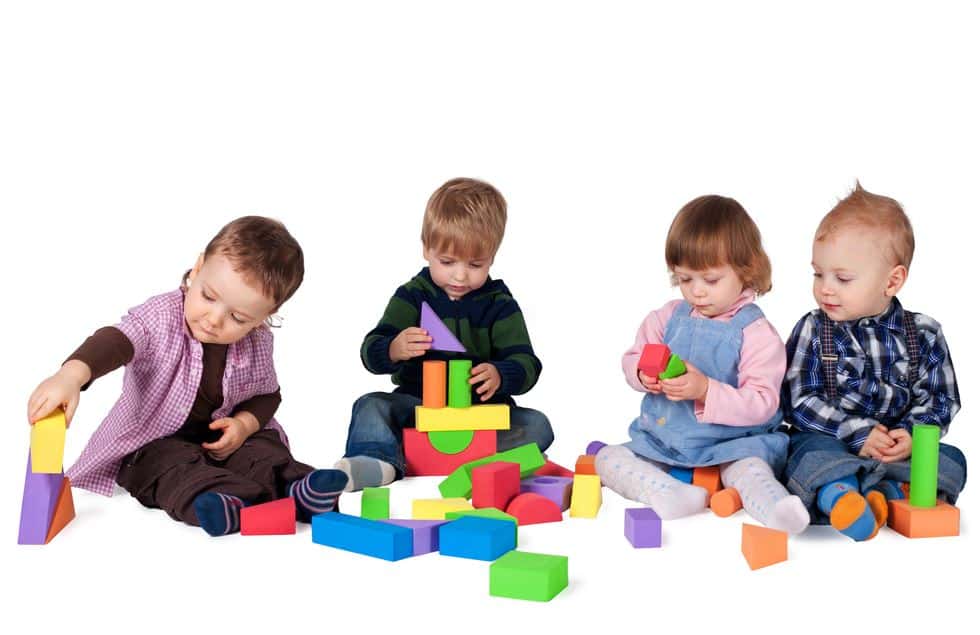FAQ: Why Do Montessori Classes Group Different Age Levels Together?
 Parents
frequently ask why Montessori classes group children by two to three
year age groups, when primary schools group students by their birth
year.
Parents
frequently ask why Montessori classes group children by two to three
year age groups, when primary schools group students by their birth
year.
This question is often promoted by parents that are concerned that
the younger children will struggle and take up all of the teacher’s
time, or that the older children won’t thrive because they aren’t given
the stimulation and challenges they need to progress. These concerns are
misguided.
The reasons why Montessori classrooms are grouped in two to three year age groups are based on the following principles:
1. Community
In mixed age classes, children tend to stay in the same class for two
to three years. With two-thirds of the class returning each year, the
culture in the classroom tends to remain quite stable. This allows
children to focus on learning instead of transitioning to a new
classroom each year.
2. Role Modelling
Grouping children of different ages encourages them to develop strong
social and collaboration skills. In mixed age classrooms, the younger
children learn from the older children, and the older children learn to
serve as role models.
3. Development Based Curriculum
The Montessori program and materials in the toddler and preschool
classrooms are designed to address the development needs that are common
to both age groups. This allows children to find peers that are
working at their current level without having to skip a grade, or be
held back, which could leave them feeling emotionally or developmentally
out of place.
